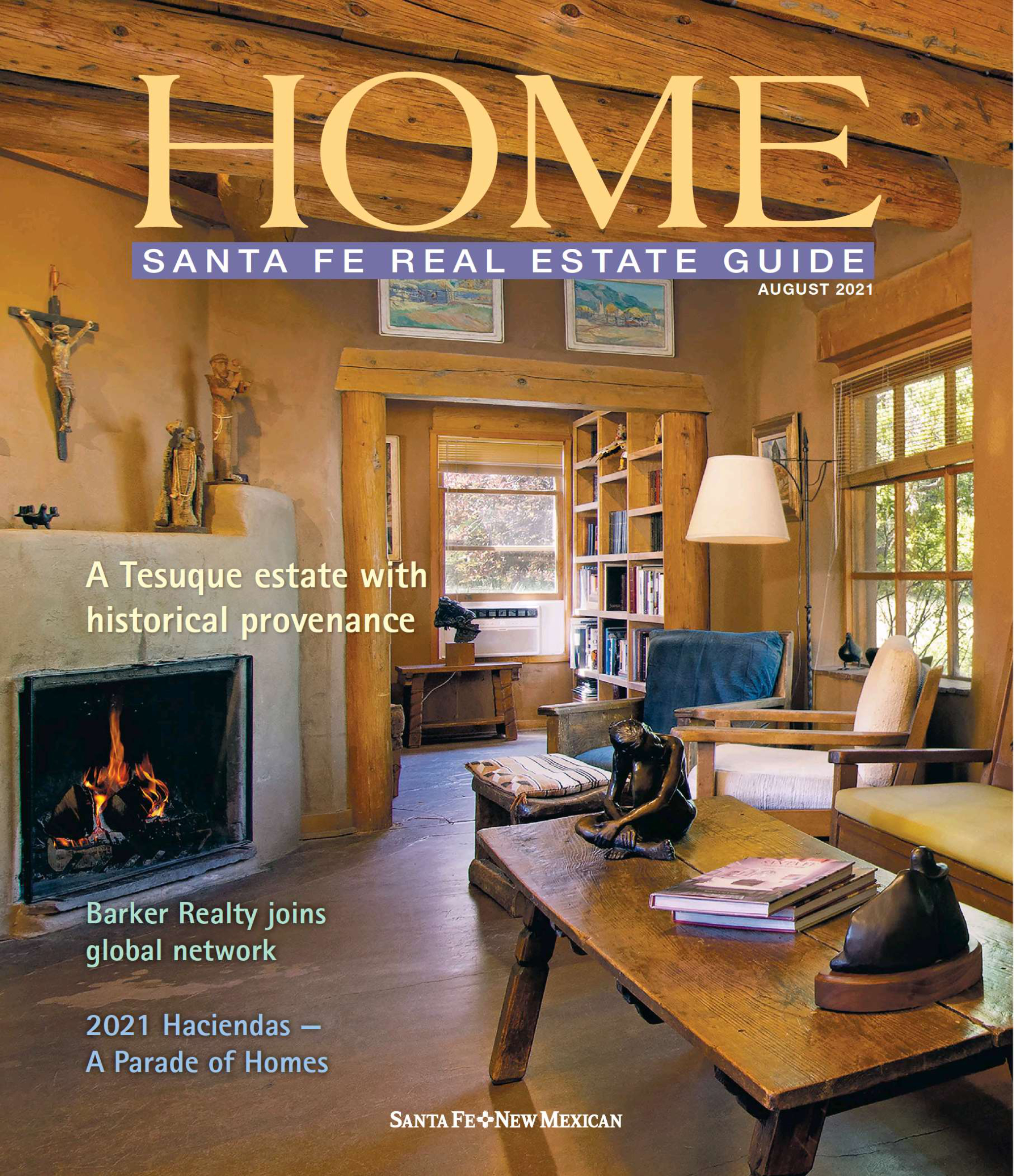In the August edition of The Santa Fe New Mexican’s Home Magazine, I talk about the problems the city faces in the preservation of the old architecture while maintaining a sense of style between old and new. Urban Sense.
Read the Article:
We live in the complex world of preservation and urban design, mixed with generations of gentrification. Superficially, it looks great, with the urban design framework in place in our beautiful setting of Santa Fe.
In order to be this beautiful place, does the style of a new building need to mimic the old? How should we express continuous movement and development while acknowledging those who came before us and also making room for those who will come after? Is the style that important?
We have legislated “recent Old Santa Fe style” elements throughout the city, not just in the Historic District. There have been new buildings constructed in this style that are successful, like the Santa Fe Community Convention Center. Santa Fe Regional Modernism was briefly explored on what is now known as the midtown campus by architect Phillipe Register in the 1970s, before those laws came into effect.
But in general, we now only allow buildings conforming to the “brown and rounded” style. In recent decades, we have copied historic architecture so well that telling the difference between the old and new is lost, though having a distinction between them is an aspiration of not only the city’s historic ordinance, but also the U.S. secretary of the interior’s Standards for the Treatment of Historic Properties.
While we want to see the change of time and of intent, we actually make all buildings look the same. We have preserved a place by preserving a style and an urban form. This very successful branding, in place since 1912, has saved our urban environment, and we should all be grateful.
And now, past the heyday of Santa Fe Style, when buildings were built out of adobe, gentrification seems mostly complete, with very few remaining family representatives of the creators of this highly desirable place to live.
I think it is important for the authenticity of the experience of Santa Fe to know the difference between old and new, though I know some would argue there is nothing authentic about Santa Fe in the first place. Are we making new buildings conform to the old because we think it preserves the adjacent fabric, or is it more honest to say they should all conform to a style, new and old, to preserve the look of the old?
We insist on “harmony” with old Santa Fe style, but we have diluted the experience of the actual historic fabric.
I would like Santa Fe to save the historic fabric and allow the differences of what is new to come through. Then it should see the new in contrast to the old results in a more dynamic experience. Even if we dictated that buildings have to be made of masonry (which we don’t), one can still stylistically detail the building to read as recent, or new, without mimicking the old, rounded forms of eroded adobe.
If we stop calling our preservation ordinance “preservation” and admit we have a style ordinance, then design can be the conversation. And we can talk about beauty out loud and in public, and about the care one can have for an environment — one’s own house, one’s own town and beyond.
Gayla Bechtol received her architecture degrees from Harvard University and from the University of Southern California. Gayla Bechtol Architects is a design-centered architecture/urban design/historic preservation practice that has created designs for homes, institutions, and urban spaces for nearly 30 years. Bechtol practiced deep democracy while leading the citizens of Santa Fe to the award-winning Santa Fe Railyard. She is a board member of Friends of Architecture Santa Fe.


